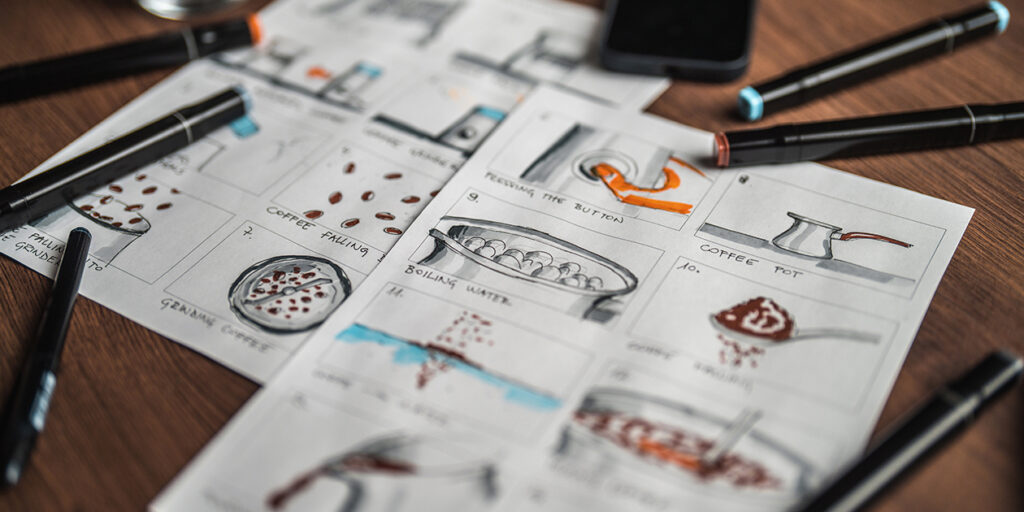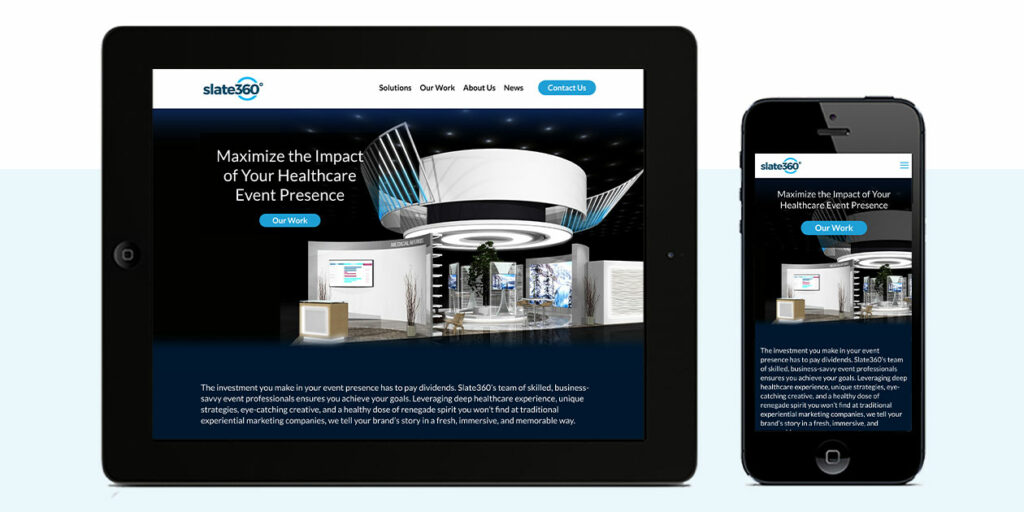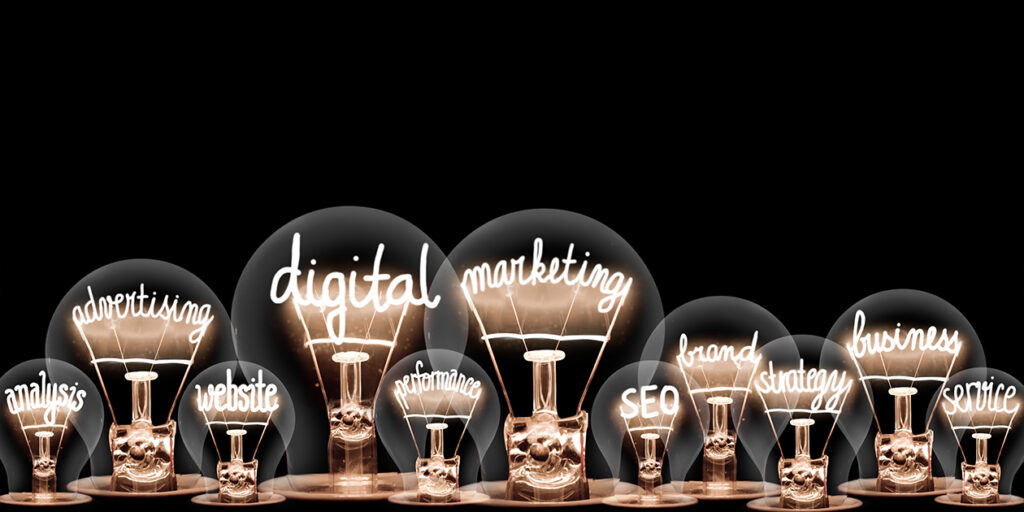In today’s competitive business world, the user experience (UX) in a digital product is critical. With so many companies vying for their attention, visitors won’t stay engaged if anything about an experience rubs them the wrong way. They’ll simply cross your company off their list and move on to your competitor.
Before social media and podcasts… before TV and radio… before books and newspapers… people informed and entertained each other by telling stories. They’ve been a primary form of communication for millennia, so it’s no surprise that our brains are wired to resonate with and learn from an engaging tale.
The aviation industry traces its roots back to the early 1920s—shortly after the conclusion of World War I. Not surprisingly, the aviation insuranceindustry developed at about the same time. After all, powered flight (and the technology behind it) was still in its infancy, so the associated risks were high.
The healthcare products and services industry is one where strong relationships and memorable experiences matter. You’ve got to impress prospects and open the door to further conversations about your medical devices, medications, etc., to succeed.
A design system is a set of practices and standards a company uses in designing and developing products, apps, and its website. While it’s not a programming language, a design system is a verbal and visual vocabulary that makes communicating about projects much easier.
New privacy regulations will require a significant culture shift for in-house marketing teams, marketing agencies, and anyone who seeks to engage with consumers. But that’s nothing new. Marketers are agile by nature. They have to be to keep up with continually evolving market preferences, new marketing-related technology and tactics, etc.
You’ve probably heard the term “onboarding” in the context of hiring. There it refers to getting a new employee acclimated to your company to help them be happy and successful in their role. However, onboarding is also essential to success in another area. User onboarding is the process of introducing someone to a digital experience like an app or website—what we’ll call a “product.”
Successful companies continually evaluate their marketing tactics and adjust as needed. That’s a good thing. However, combining that tendency with an uncertain economic environment and some prudent belt-tightening can lead to marketers ditching sound strategies they really shouldn’t. One practice we commonly see on the chopping block is SEO (search engine optimization). Businesses looking to […]
For marketers, every new year delivers new challenges and opportunities. But most marketing pros will agree that the amount of change from one year to the next is increasing faster than ever.









